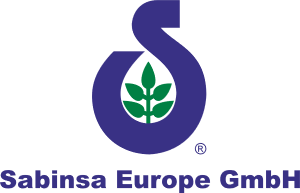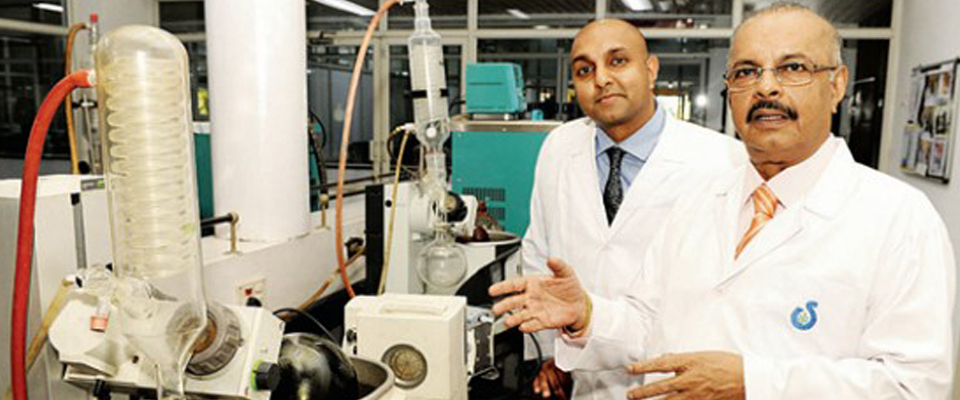"How does it taste?" Muhammed Majeed, founder of the Rs 600-crore nutraceuticals focused Sami Group, is eager to know if the lemon tea he is offering in the office of his research and manufacturing hub in Bengaluru tastes like regular lemon tea. It does, but with a slightly sugary aftertaste. Majeed, 67, chuckles and reveals that the tea has been sweetened, not with sugar but with what could be a game-changing gamble for his firm: a natural sweetener that has zero calories, derived from the monk fruit.
Grown in China for hundreds of years, the green monk fruit, or lo han kuo, is 200-300 times sweeter than sugar but with zero calories. "Until 1980, no one outside China knew such a fruit even existed. Then, P&G went and took a patent but that has now expired," says Majeed, adding that he has been pursuing this product for the past five years. And with good reason. It sounds like the holy grail of sweeteners, both for companies looking to win over calorieconscious consumers and diabetics, a group rapidly increasing in India. A recent report by the World Health Organisation found that the number of diabetics in India has doubled from 2003, to over 60 million. "I can get the seeds out of China but I need land. I'm working with a major group to get a 5,000-acre plantation," he says.
Majeed, who already cultivates medicinal plants on 6,000 acres in India through contract farming, considers himself one of the people who introduced ayurveda to the US, in the early 1990s. But that wasn't why he went to the US. Majeed, who is from Kollam in Kerala, had gone to New York to do his doctorate in industrial pharmacy and then worked with pharma firms, including drug major Pfizer.
Ayurveda in America While looking around for entrepreneurial opportunities, Majeed noticed that there was hardly any export of ayurvedic products. "Only three ayurvedic items were being exported to the US and, for some reason, all three were laxatives!" he recalls. Majeed sensed an opportunity but he also realised that Americans might not accept ayurvedic products in the form Indians were used to. "My US education and pharma experience made me realise that there were no modern proofs in ayurveda.
But we could present ayurvedic drugs with proper data," he says. So Majeed set about standardising ayurvedic products, getting them clinically tested and their toxicology evaluated. This, he feels, ushered the ayurvedic boom in the US and is also what set him apart from the traditional practitioners in India. Since launching Sabinsa Corporation (named after his wife), in the US in 1991, Majeed has managed to get over 100 patents for his products and sells his nutraceutical, wellness and cosmetic products in over 15 countries, with India contributing to 8% of turnover.
The key, he says, was standardisation, which could be the path that other ayurvedic medicine manufacturers might want to take to enter the nutraceutical and wellness export market, estimated to be worth $182 billion. "I created a reference standard so that we knew, chemically, that we were getting the same material each time. With traditional products, it can vary because of different factors," he says. For example, there is a plant in ayurveda that has certain alkaloids that are good for breathing problems. "If you gather it in January, it will have 2% alkaloids, in April 4% and in September, nothing. So if we collect it in September, it will have no efficacy," he says.
In standardisation, the active ingredients are isolated. "My first product, for example, had two active ingredients, which I isolated and then ensured that every gram would contain 2.5% of these ingredients," he explains. From Garcinia cambocia, a pot tamarind in Kerala, the firm isolated and standardised hydroxycitric acid, an appetite suppressant, which became one of its major exports since 1994. The first US patent came two years later for bioperine, an extract from black pepper. To make turmeric palatable to the American market as a skin-whitening agent, before which it was used as a cheese-colouring agent, the company introduced white turmeric, which had the same properties but without the yellow colour. Major customers for curcumin, the chemical in turmeric, include Avon and Amway. Despite standardisation and clinical tests, Sami products are still sold as nutraceuticals, which the US Food and Drug Administration does not certify as medicine. Majeed himself says these should be taken as supplements and not as a substitutes for allopathic drugs.
Though Majeed's focus has been on the export market, his monk fruit gambit will be centred on India. "The monk fruit extract will be sold globally but my priority will be India because we are No. 2 in diabetes," he says. "If we have one enemy now, that's fructose. In processed foods, 5-20% fructose is added, and it can cause Type II diabetes and cardiovascular disorders. People should use other natural sugars." Dr Aruna Bhat, consultant diabetologist at Apollo Sugar clinic in Bengaluru, says natural sugar substitutes with fewer calories are a better option for diabetics and those looking to restrict their calorie intake.
A 2013 Reuters report suggests the "obscure melon once cultivated by Buddhist monks in China" might be the "miracle ingredient" the $8 billion diet soda industry in the US is looking for to win back customers. Closer home, if large-scale production becomes a reality, it might also be a welcome substitute for the growing diabetic population and a shot in the arm for Majeed.
Read More...







